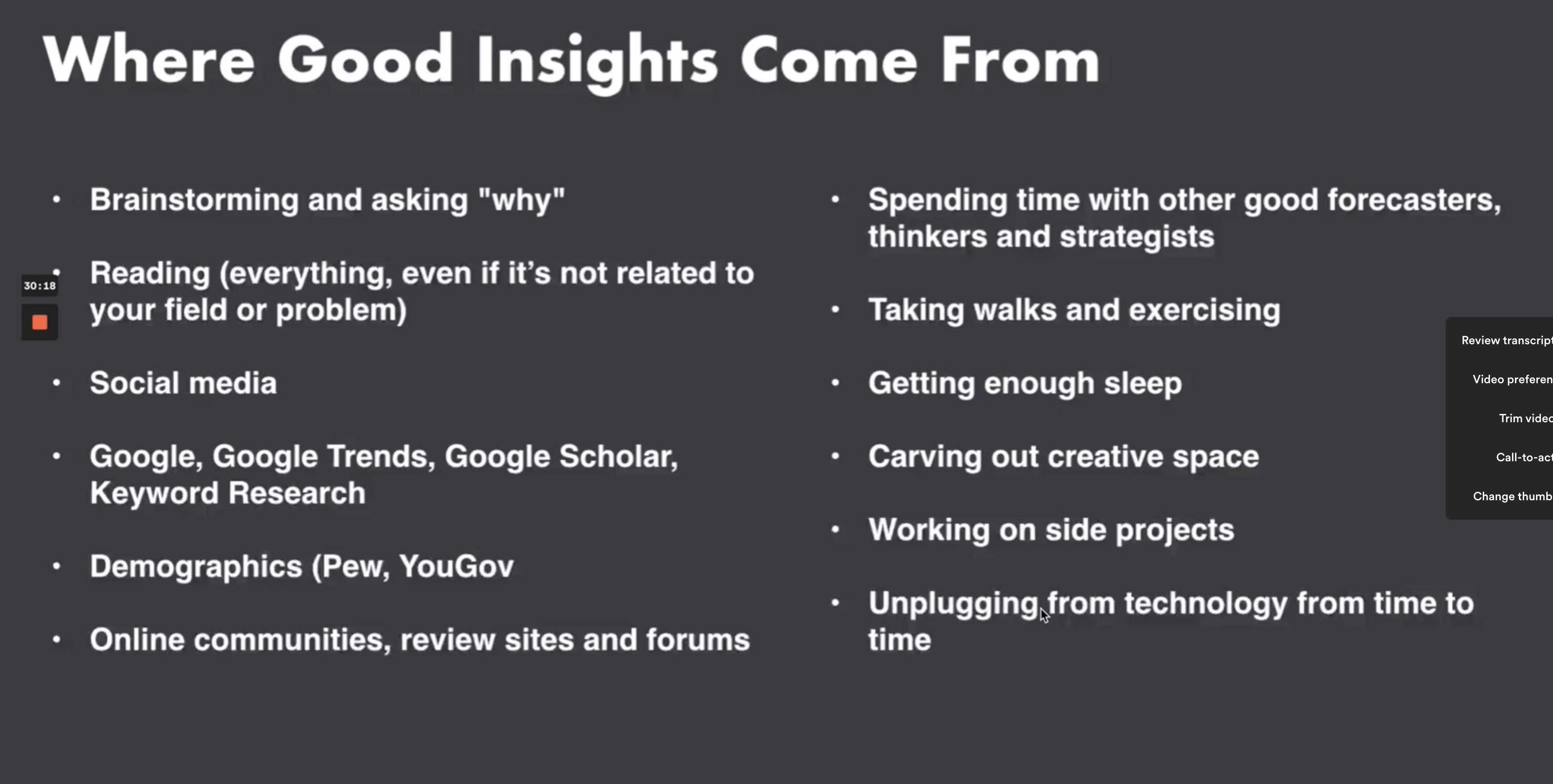History
Strategy isn’t anything new, it existed for thousands of years, but Fredric Tailor at the beginning of the 20th century started benchmarking each specific step of the manufacturing and finding out how long it took to build each part of the car and what they had to do for increasing productivity. He was the first who created Strategic Management, using quantitative principles and measurements to improve the results of things, which became the foundation of modern business strategy.
The strategy really took off in the 1960s, specifically thanks to a few influential papers and their authors from Harward University. One of them Michael Watkins describes strategy as:
“The mission is about what will be achieved; the value network is about with whom value will be created and captured; strategy is about how resources should be allocated to accomplish the mission in the context of the value network; and vision and incentives are about why people in the organization should feel motivated to perform at a high level. Together, the mission, network, strategy, and vision define the strategic direction for a business.”
Before strategy, you have to think of priorities, and every decision you make should be checked then - if it brings you to your goals, you can tag every decision by priorities. It helps in better communicating decisions and answering yes or no questions. If some decision doesn’t take you to your goal and your priorities.
Every strategy has 5 layers: Mission (Why?), Vision (Where and how you get there, what’s the USP), Strategic plan (How?), Roadmap (When?), and Action (What?).
Building blocks of strategy: Problem -> Insight -> Structure -> Plan -> Actions -> Results/Learnings

Levers to create economic value
- Increase volume (i.e., sell more of product or service X)
- Increase price (i.e., sell X for more)
- Decrease costs (i.e., make X more cheaply)
- Decrease risk (i.e., assemble assets & decrease liabilities) 5.Increase purpose (i.e., make more people believe in the cause)
Resources
First principles and art of thinking like Elon Musk
Strategy as algorithm